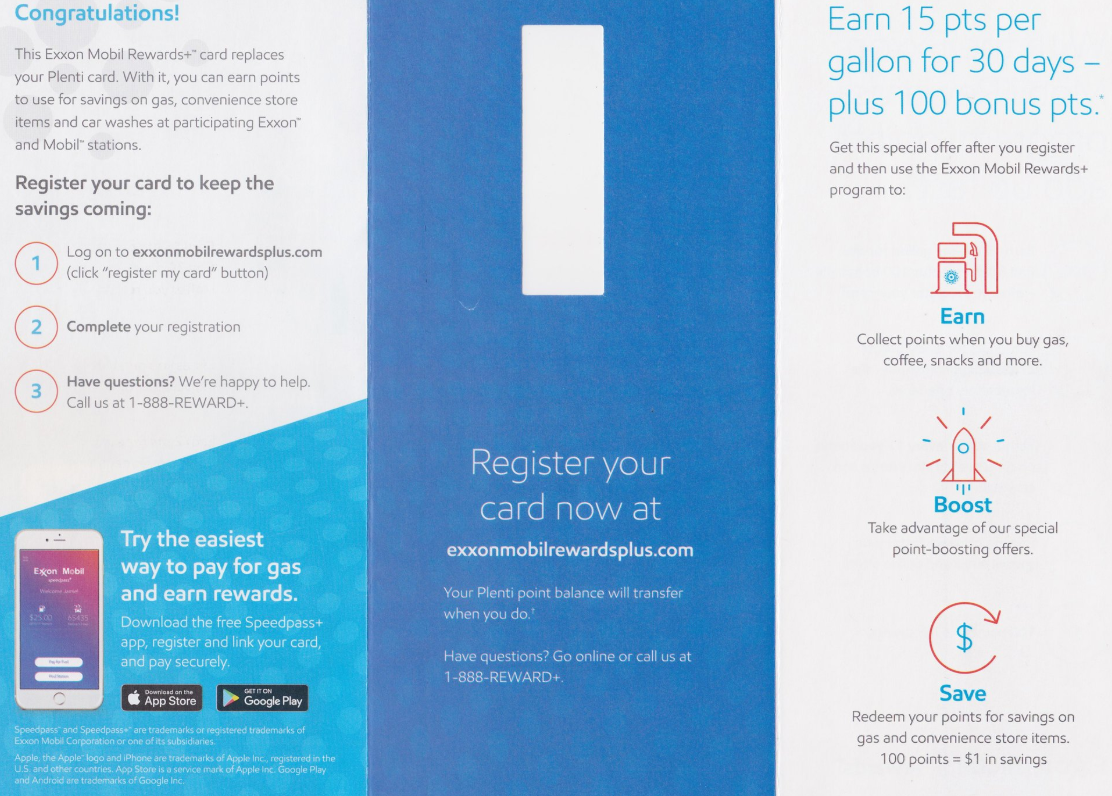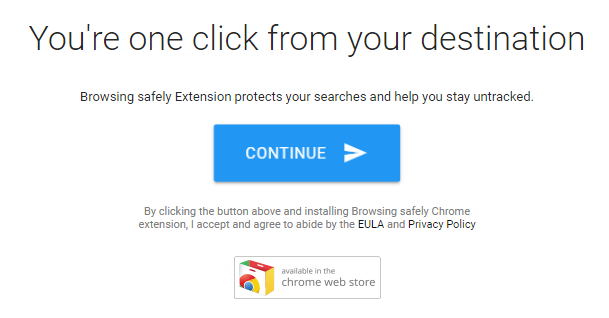In the wake of a scandal involving third-party companies leaking or selling precise, real-time location data on virtually all Americans who own a mobile phone, AT&T, Sprint and Verizon now say they are terminating location data sharing agreements with third parties.

At issue are companies known in the wireless industry as “location aggregators,” entities that manage requests for real-time customer location data for a variety of purposes, such as roadside assistance and emergency response. These aggregators are supposed to obtain customer consent before divulging such information, but several recent incidents show that this third-party trust model is fundamentally broken.
On May 10, 2018, The New York Times broke the story that a little-known data broker named Securus was selling local police forces around the country the ability to look up the precise location of any cell phone across all of the major U.S. mobile networks.
Then it emerged that Securus had been hacked, its database of hundreds of law enforcement officer usernames and passwords plundered. We also learned that Securus’ data was ultimately obtained from a company called 3Cinteractive, which in turn obtained its data through a California-based location tracking firm called LocationSmart.
On May 17, KrebsOnSecurity broke the news of research by Carnegie Mellon University PhD student Robert Xiao, who discovered that a LocationSmart try-before-you-buy opt-in demo of the company’s technology was wide open — allowing real-time lookups from anyone on anyone’s mobile device — without any sort of authentication, consent or authorization.
LocationSmart disabled its demo page shortly after that story. By that time, Sen. Ron Wyden (D-Ore.) had already sent letters to AT&T, Sprint, T-Mobile and Verizon, asking them to detail any agreements to share real-time customer location data with third-party data aggregation firms.
AT&T, T-Mobile and Verizon all said they had terminated data-sharing agreements with Securus. In a written response (PDF) to Sen. Wyden, Sprint declined to share any information about third-parties with which it may share customer location data, and it was the only one of the four carriers that didn’t say it was terminating any data-sharing agreements.
T-Mobile and Verizon each said they both share real-time customer data with two companies — LocationSmart and another firm called Zumigo, noting that these companies in turn provide services to a total of approximately 75 other customers.
Verizon emphasized that Zumigo — unlike LocationSmart — has never offered any kind of mobile location information demo service via its site. Nevertheless, Verizon said it had decided to terminate its current location aggregation arrangements with both LocationSmart and Zumigo.
“Verizon has notified these location aggregators that it intends to terminate their ability to access and use our customers’ location data as soon as possible,” wrote Karen Zacharia, Verizon’s chief privacy officer. “We recognize that location information can provide many pro-consumer benefits. But our review of our location aggregator program has led to a number of internal questions about how best to protect our customers’ data. We will not enter into new location aggregation arrangements unless and until we are comfortable that we can adequately protect our customers’ location data through technological advancements and/or other practices.”
In its response (PDF), AT&T made no mention of any other company besides Securus. AT&T indicated it had no intention to stop sharing real-time location data with third-parties, stating that “without an aggregator, there would be no practical and efficient method to facilitate requests across different carriers.”
Sen. Wyden issued a statement today calling on all wireless companies to follow Verizon’s lead.
“Verizon deserves credit for taking quick action to protect its customers’ privacy and security,” Wyden said. “After my investigation and follow-up reports revealed that middlemen are selling Americans’ location to the highest bidder without their consent, or making it available on insecure web portals, Verizon did the responsible thing and promptly announced it was cutting these companies off. In contrast, AT&T, T-Mobile, and Sprint seem content to continuing to sell their customers’ private information to these shady middle men, Americans’ privacy be damned.”
Update, 5:20 p.m. ET: Shortly after Verizon’s letter became public, AT&T and Sprint have now said they, too, will start terminating agreements to share customer location data with third parties.
“Based on our current internal review, Sprint is beginning the process of terminating its current contracts with data aggregators to whom we provide location data,” the company said in an emailed statement. “This will take some time in order to unwind services to consumers, such as roadside assistance and fraud prevention services. Sprint previously suspended all data sharing with LocationSmart on May 25, 2018. We are taking this further step to ensure that any instances of unauthorized location data sharing for purposes not approved by Sprint can be identified and prevented if location data is shared inappropriately by a participating company.”
AT&T today also issued a statement: “Our top priority is to protect our customers’ information, and, to that end, we will be ending our work with aggregators for these services as soon as practical in a way that preserves important, potential lifesaving services like emergency roadside assistance.”
KrebsOnSecurity asked T-Mobile if the company planned to follow suit, and was referred to a tweet today from T-Mobile CEO John Legere, who wrote: “I’ve personally evaluated this issue & have pledged that T-Mobile will not sell customer location data to shady middlemen.” In a follow-up statement shared by T-Mobile, the company said, “We ended all transmission of customer data to Securus and we are terminating our location aggregator agreements.
Continue reading →









 According to security firm
According to security firm 





